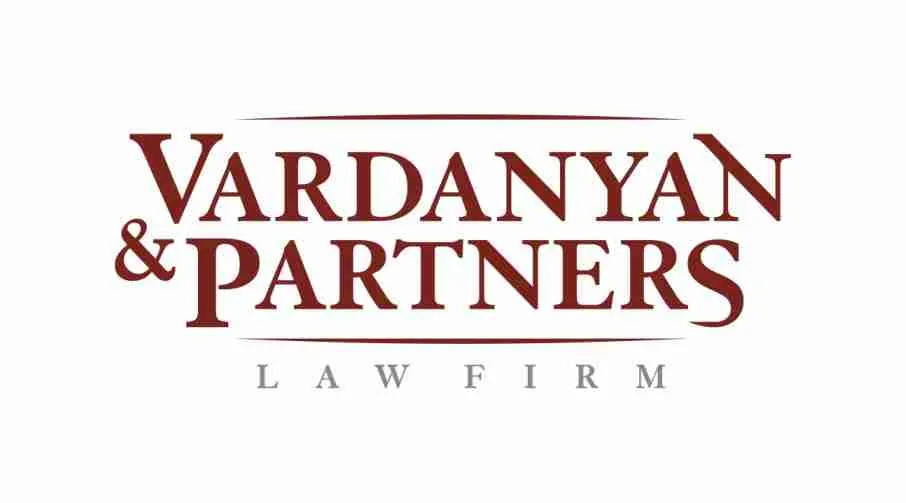[email protected] | +374.99.00.11.67 | WhatsApp | Skype | Viber | Telegram
Defenses Available in Armenia to a Charge of Trademark Infringement
In trademark infringement cases in Armenia, defendants have various defenses available to challenge the allegations of infringement. These defenses can be categorized into four main groups:
Non-Infringement Defenses:
- The defendant may argue that no infringement occurred based on factors such as dissimilarity between the trademarks, non-similar goods or services, differences in channels of trade, differences in purchasers, or the weakness of the plaintiff's trademark.
- The allegedly infringing sign is not used as a trademark.
- The defendant may claim that the infringing activities were not conducted by them.
- The allegedly infringing goods did not enter the market of Armenia.
Justification (Affirmative Defenses):
- Exhaustion: The defendant may assert that the plaintiff cannot prohibit the use of the trademark in relation to goods that have been legitimately placed on the market by the owner or with their consent.
- Non-Action (Acquiescence/Tolerance): The defendant may argue that the trademark owner has acquiesced to the use of the allegedly infringing trademark for a continuous period of five years while being aware of such use, unless the later trademark was registered in bad faith.
- Fair Use: The defendant may invoke the right to use certain indications in business, including the name and address, or indications related to product characteristics, in accordance with fair use.
- Bad Faith: The defendant may assert that the plaintiff registered the trademark in bad faith.
Counter-Claims:
- Invalidity: The defendant may file a counter-claim arguing that the plaintiff's trademark is invalid due to reasons such as being descriptive, misleading, or generic, or that it conflicts with an earlier right.
- Non-Use: The defendant can claim that the plaintiff's trademark should be invalidated due to non-use for a certain period (usually five years) following registration.
- Dilution: The defendant may argue that the plaintiff's trademark has become the common name in the trade for a product or service, making it subject to revocation.
General Procedural Defenses:
- Statute of Limitations: Claims for trademark infringement may be subject to a statute of limitations, which typically starts running from the time when the plaintiff becomes aware of the infringement.
- Capacity to Bring Proceedings: Defendants may raise objections related to the capacity of the plaintiff to bring proceedings.
- Bad Faith of the Plaintiff: Defendants may allege bad faith on the part of the plaintiff in initiating the action.
Please note that all intellectual property and proprietary rights for this content belong to Vardanyan & Partners, and all rights are reserved.
Armenia is a captivating nation with a rich history and a promising future. Our firm is wholeheartedly committed to supporting individuals and businesses that recognize Armenia's potential and are eager to contribute to its ongoing success.
We trust that this website will serve as a valuable resource for you in gathering the information you need. Should you have any questions or require further assistance, please feel free to get in touch with us. You can easily contact us through various channels, such as completing the form on our website, emailing us directly at [email protected], or reaching out via phone or popular messaging apps like WhatsApp, Viber, Telegram, and Skype at +374.99.00.11.67. We are always available to assist you in any way possible.
Nerses Isajanyan
Managing Attorney
LL.M. Georgetown University, licensed to practice in both Armenia (license no. 903) and New York (license no. 5148945)
About Us
Vardanyan & Partners is a reputable law firm situated in Yerevan, Armenia, which has been providing excellent legal services since its establishment in 2012. Our team of locally licensed, English-speaking attorneys specializes in immigration, incorporation, and compliance matters, ensuring that clients receive expert legal guidance. We are committed to staying up-to-date with the latest changes in legislation and regulations, ensuring that our clients receive the most relevant and accurate advice. At Vardanyan & Partners, we place a strong emphasis on honesty, transparency, and client care.

